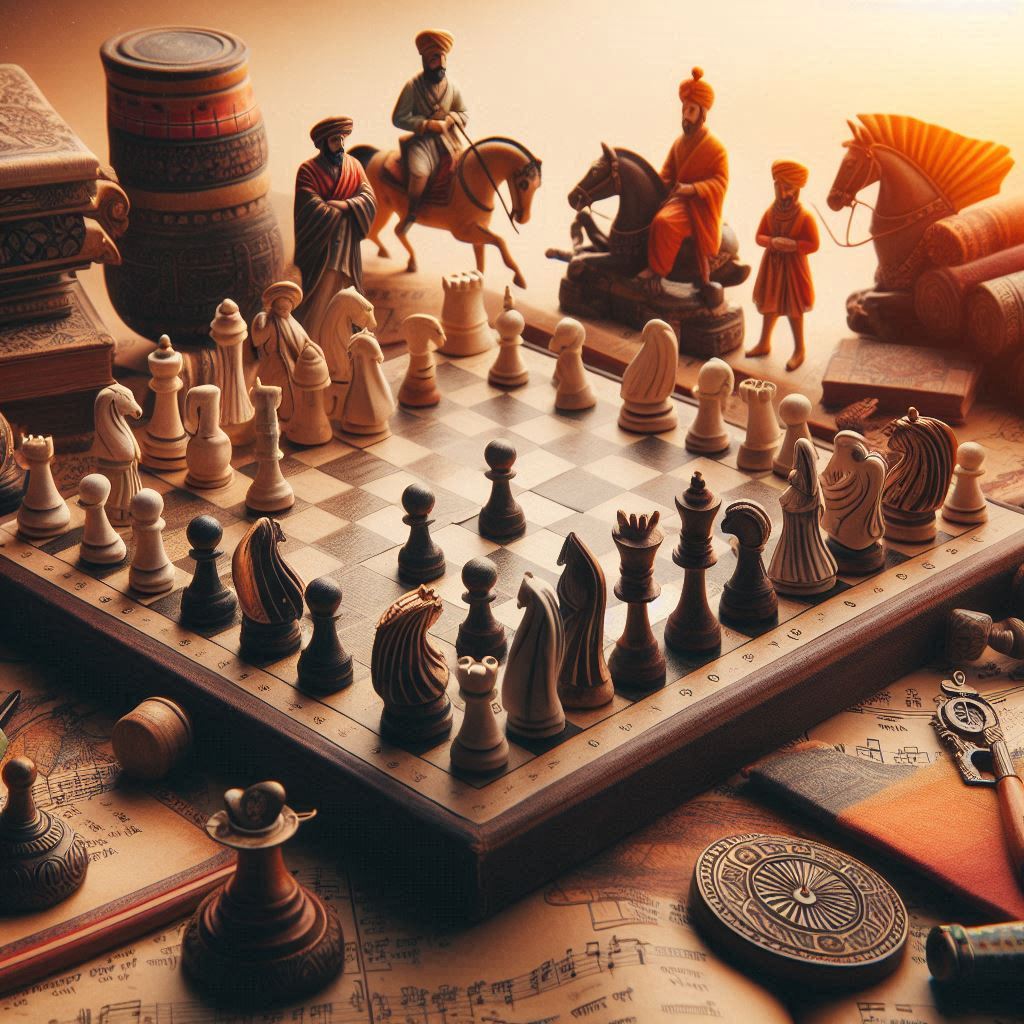Introduction
Chess, often described as the ultimate battle of wits, requires not only strategic planning but also a keen understanding of tactics. Tactics in chess refer to short-term moves that have a specific and immediate impact, often leading to significant advantages or even a swift checkmate. In this article, we delve into the crucial role of tactics in chess, exploring various tactics, their significance, and how to effectively incorporate them into your gameplay.
Understanding Chess Tactics
What Are Chess Tactics?
Chess tactics are short-term, calculated moves designed to gain an immediate advantage, whether through material gain, positional superiority, or direct attacks on the opponent’s king. Unlike strategies that focus on long-term planning and overall positioning, tactics deal with specific sequences that can alter the course of the game within a few moves.
Importance of Tactics in Chess
Tactics play a vital role in chess as they can quickly change the balance of a game. Mastery of tactics can compensate for strategic weaknesses, enabling players to exploit their opponent’s mistakes and secure a winning position.
Key Tactical Motifs
Forks
A fork occurs when a single piece attacks two or more opponent’s pieces simultaneously. Knights are particularly notorious for delivering forks, often attacking a king and a valuable piece like a queen or rook.
Pins
A pin happens when a piece is immobilized because moving it would expose a more valuable piece behind it. For example, a bishop might pin a knight to the king, preventing the knight from moving without exposing the king to check.
Skewers
Skewers are similar to pins but in reverse; a more valuable piece is forced to move, revealing a less valuable piece behind it. For instance, a queen may be forced to move, exposing a rook to capture.
Discovered Attacks
In a discovered attack, moving one piece uncovers an attack by another piece. This tactic often leads to devastating effects, especially if the piece being uncovered is delivering check or attacking a valuable piece.
Building Tactical Awareness
Pattern Recognition
Developing the ability to recognize tactical patterns is crucial for any chess player. Studying common tactical motifs and practicing through puzzles can enhance this skill, allowing players to identify opportunities during games.
Calculation
Accurate calculation of moves is essential for successful tactical play. Players must be able to foresee the consequences of their moves and anticipate their opponent’s responses.
Visualization
Visualization involves imagining positions and sequences of moves without moving the pieces. This skill helps in planning several moves ahead and is vital for executing complex tactics.
Common Tactical Mistakes
Overlooking Opponent’s Threats
A common mistake is focusing solely on one’s own plans and neglecting the opponent’s threats. Always consider what your opponent can do in response to your moves.
Misjudging Positions
Misjudging the potential of a position can lead to tactical blunders. Evaluate the safety of your pieces and the possibilities of your opponent’s counter-tactics.
Overextending
Overextending means launching an attack without sufficient support, leading to the loss of material or positional disadvantage. Ensure that your attacks are well-supported and calculated.
Enhancing Your Tactical Skills
Regular Practice
Consistent practice with tactical puzzles can significantly improve your tactical vision. Websites and apps offer daily puzzles that cater to different skill levels.
Analyzing Games
Analyzing your games, especially losses, helps identify missed tactical opportunities and recurring mistakes. Learn from these analyses to avoid similar errors in future games.
Studying Master Games
Studying games of chess masters can provide insight into high-level tactical play. Pay attention to how they create and capitalize on tactical opportunities.
Famous Tactical Games in Chess History
Fischer vs. Spassky, 1972
This World Championship match showcased Bobby Fischer’s tactical brilliance, particularly in Game 6, where he demonstrated exquisite tactical play to secure a crucial win.
Kasparov vs. Topalov, 1999
In this game, Garry Kasparov unleashed a stunning tactical combination, culminating in a famous queen sacrifice and a picturesque final position.
Tal vs. Botvinnik, 1960
Mikhail Tal, known as the “Magician from Riga,” displayed his tactical genius in this World Championship match, winning the title with a series of dazzling tactical victories.
Conclusion
Tactics are the lifeblood of chess, transforming strategic plans into concrete advantages. By mastering various tactical motifs, improving calculation skills, and learning from both practice and historical games, players can significantly enhance their chess prowess. Embrace the world of chess tactics, and watch your game reach new heights.
FAQs
What is the difference between tactics and strategy in chess? Tactics are short-term, specific moves designed to gain an immediate advantage, while strategy involves long-term planning and positioning.
How can I improve my tactical skills in chess? Regular practice with puzzles, analyzing your games, and studying master games are effective ways to improve tactical skills.
What are some common tactical motifs in chess? Common tactical motifs include forks, pins, skewers, and discovered attacks.
Why is visualization important in chess? Visualization helps players plan several moves ahead and execute complex tactics without moving the pieces on the board.
Can studying famous games help improve my tactical play? Yes, studying famous games can provide insight into high-level tactical play and help you understand how to create and capitalize on tactical opportunities.
What is a skewer in chess? A skewer is a tactic where a more valuable piece is forced to move, revealing a less valuable piece behind it for capture.



